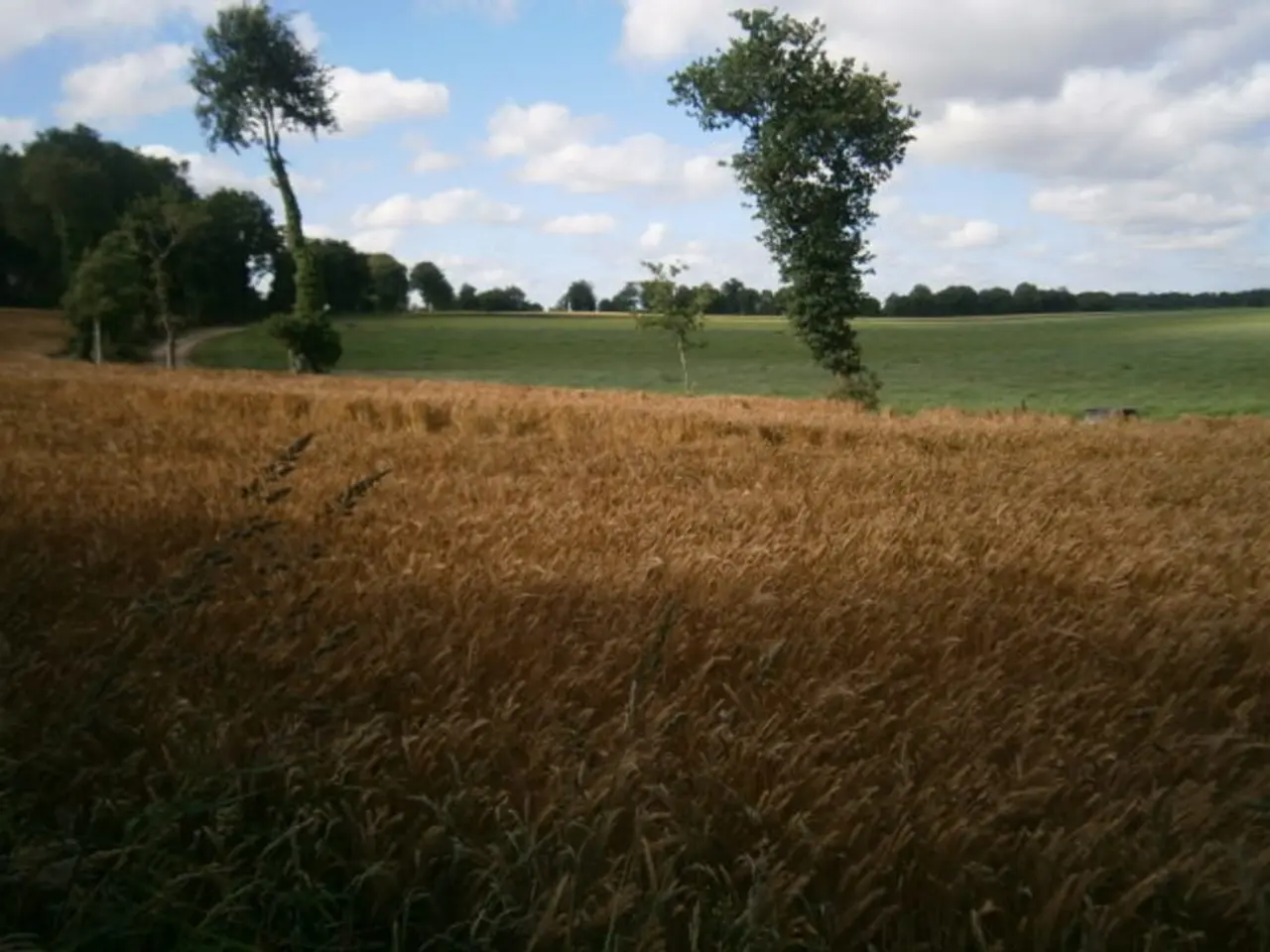Torrential rainfall in Beijing, China, results in the death of at least thirty individuals.
Floods and Landslides in Northern China Leave 44 Dead and Over 80,000 Evacuated
Heavy rainstorms have swept through Beijing and several northern provinces, causing severe flooding and resulting in at least 44 deaths and the evacuation of over 80,000 residents. The affected areas include Beijing, Hebei, Jilin, and Shandong.
The rainfall, which reached record levels not seen in over 60 years, has led to widespread damage, including landslides that destroyed buildings such as an auto repair shop. The capital has been under a highest-level alert (red alert) warning for flash floods, landslides, and potential dam breaches, with meteorological forecasts predicting up to 200mm of rain in six hours, nearly a third of Beijing's annual rainfall.
Fatalities often occurred due to drownings in underground facilities and rapidly rising waters. The provinces of Hebei, in particular, has been hit hard, with a landslide earlier in the day killing four people and eight people still missing as of this report.
President Xi Jinping has responded to the crisis by emphasizing the urgency of rescue and relief operations. He has mobilized emergency services and instructed authorities to prioritize the safety of residents during this critical flood season, historically occurring during July and August in China. Efforts are ongoing to mitigate further damage and prepare for additional rainfall expected in the coming days.
On Monday evening, President Xi Jinping issued an order for "all-out" search and rescue efforts to curb casualties. The state broadcaster CCTV reported on the evacuation of over 80,000 people from Beijing, while the Huairou district in the capital's north and Fangshan in the southwest were also badly impacted by the rainstorms.
The latest round of heavy rainstorms has left 30 people dead in Beijing as of midnight Monday, according to the state news agency Xinhua. The deaths occurred in the outskirts of Beijing, specifically in Miyun (28 deaths) and Yanqing (2 deaths).
Over 130 villages were left without power due to damage to communication infrastructure and roads. The rains intensified around Beijing on Monday, leading to the flooding and landslides that have caused widespread destruction and loss of life.
[1] "Beijing issues highest-level flood and weather alerts as heavy rain batters the city." South China Morning Post. 10 July 2021.
[2] "At least 20 dead as China's capital Beijing hit by record rainfall." Al Jazeera. 10 July 2021.
[3] "China's capital Beijing under emergency flood alert as record rainfall hits." Reuters. 10 July 2021.
[4] "44 dead, over 80,000 evacuated in China floods." BBC News. 11 July 2021.
[5] "Torrential rain batters China's north, leaving 44 dead and over 80,000 evacuated." The Guardian. 11 July 2021.
[1] Given the recent floods and landslides in northern China, the media has been reporting on the general-news of the ongoing emergency, complete with images of the affected areas in Beijing, Hebei, Jilin, and Shandong.
[2] The torrential rainfall that has left 44 people dead and over 80,000 evacuated in China has also resulted in unfortunate accidents, such as cars caught in the floodwaters and buildings swept by fires.
[3] As the weather clears up, the media will likely focus on the recovery efforts, reporting on the extent of the damage caused by the floods and the work being done to reestablish infrastructure, including repairing roads and restoring power to over 130 villages affected by the severe storms.








